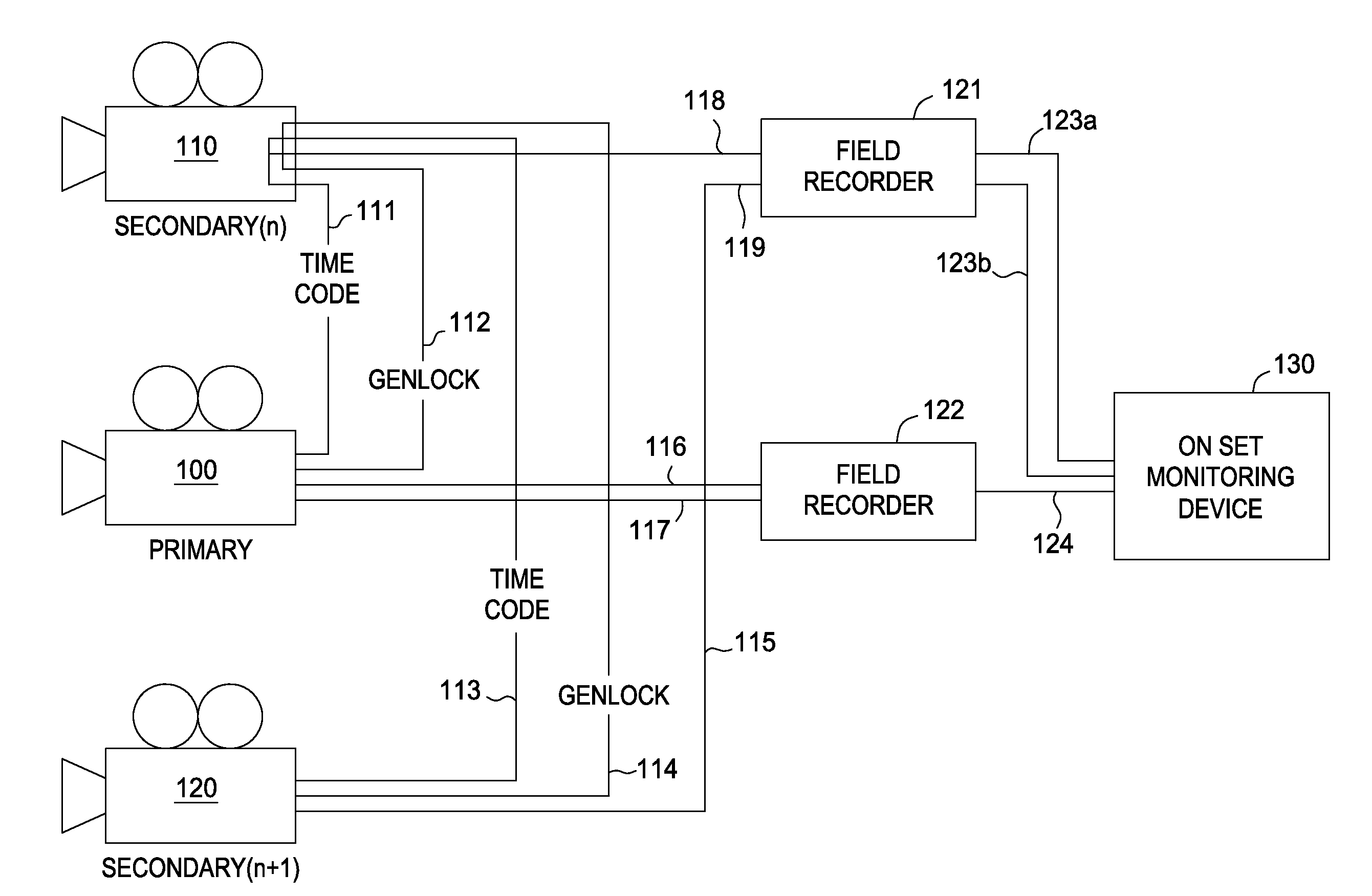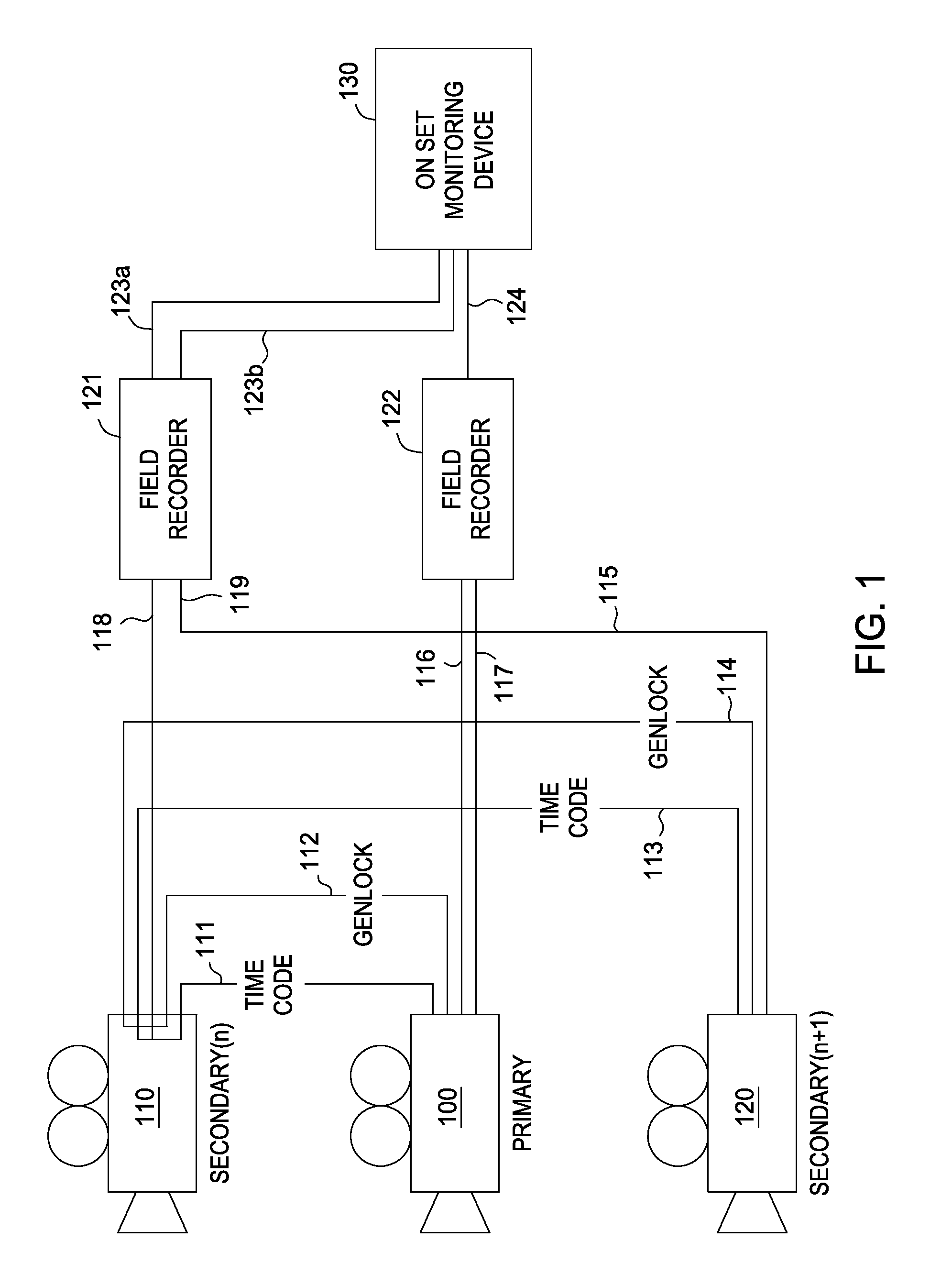Processing image data from multiple cameras for motion pictures
a technology of image data and motion picture, applied in the field of processing image data from multiple cameras for motion pictures, can solve the problems of unnatural adjustment, headache or other unpleasant side effects, and the inability to easily separate objects within live-action stereoscopic motion pictures from underlying scenes for post-production manipulation of those objects
- Summary
- Abstract
- Description
- Claims
- Application Information
AI Technical Summary
Benefits of technology
Problems solved by technology
Method used
Image
Examples
Embodiment Construction
[0016]When making motion pictures, having information about the depth of objects captured in a scene can be quite useful. While this can be accomplished in some circumstances by carefully staging the scene or by measuring locations of major objects in the scene, collecting this information automatically can make editing, special effects (FX) (e.g., match-moving and creating CG models of the scene), and other post-production activities much easier. In particular, automatically collecting or calculating depth information makes creating and editing a stereoscopic motion picture much simpler. Capturing a stereoscopic motion picture presents a variety of complications because each shot typically has to be carefully set up as many of the factors cannot easily be changed in post-production. For example, setting and adjusting lighting can take a large amount of time on set, and is difficult to change in post-production. Other factors including, for example, camera angle, camera motion, and ...
PUM
 Login to View More
Login to View More Abstract
Description
Claims
Application Information
 Login to View More
Login to View More - R&D
- Intellectual Property
- Life Sciences
- Materials
- Tech Scout
- Unparalleled Data Quality
- Higher Quality Content
- 60% Fewer Hallucinations
Browse by: Latest US Patents, China's latest patents, Technical Efficacy Thesaurus, Application Domain, Technology Topic, Popular Technical Reports.
© 2025 PatSnap. All rights reserved.Legal|Privacy policy|Modern Slavery Act Transparency Statement|Sitemap|About US| Contact US: help@patsnap.com



